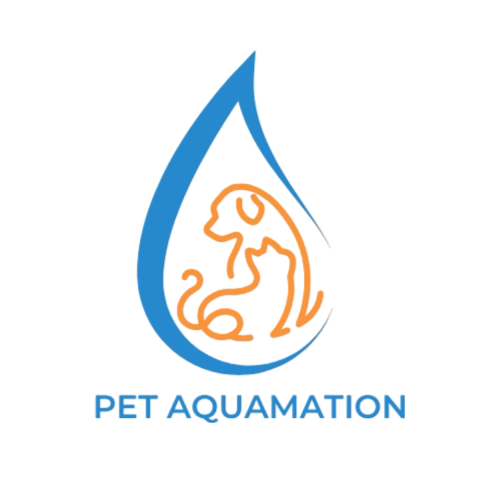What Is Effluent in Aquamation and How to Manage It Safely?
A Complete Guide to Understanding and Responsibly Managing Aquamation Liquid Waste
As a professional manufacturer and seller of Pet Aquamation machines, one of the most common questions we receive — especially from clients and regulators — is:
“What happens to the remaining liquid after the process?”
This liquid is known as effluent, and understanding how to handle it safely is key to running a responsible, ethical, and environmentally compliant Aquamation business — especially in countries like Thailand and Vietnam, where environmental awareness is growing.
What Is Effluent?
Effluent is the liquid byproduct of the Aquamation process. It consists of warm water, an alkaline solution (like potassium hydroxide), and dissolved organic materials from the pet’s body.
Though it may sound technical, here’s what’s important to know:
- 95% of the effluent is pure water
- It does not contain active pathogens, as it has been exposed to high temperatures (93–150°C)
It is biodegradable and environmentally safe — if handled correctly
Is Effluent Dangerous?
Not at all. With the proper equipment and training, effluent is not harmful to people or the environment.
However, like all industrial wastewater, there are protocols to ensure:
- It does not contaminate local water systems
- It meets local environmental regulations
It is not misunderstood or opposed by the public
3 Safe Methods for Effluent Disposal
1. Discharge into Municipal Wastewater Systems
If your facility is connected to the city’s sewage system, effluent can be safely discharged after cooling and filtering.
Always obtain permission from the local authority first.
2. Pre-Treatment: Filtration & Neutralization
- Use filters and a neutralization tank to stabilize the pH level before release.
- Ideal for semi-urban areas or locations with limited drainage access.
3. Recycling for Non-Consumption Use
Some facilities reuse sterilized effluent as liquid compost for ornamental plants or gardens (if local regulations allow it).
Must be supported by public education and clear documentation.
Educational & Branding Toolkit
Educational Media
Content Ideas
Posters or infographics
“What Is Effluent and Why It’s Safe”
Client FAQ
Common questions and clear answers about Aquamation liquid waste
Short animated video
Simple illustration of how effluent is processed and neutralized
Technical operation manual
Staff module for legal & efficient effluent handling
Compliance certificates
Official documentation showing your system meets local environmental laws
Transparency Builds Trust
The more clearly and professionally you explain this process, the easier it becomes to gain trust from regulators, business partners, and customers.
We’re here to help with:
- Effluent management documentation templates
- Technical staff training
- Public-facing educational content
- Environmental compliance support
